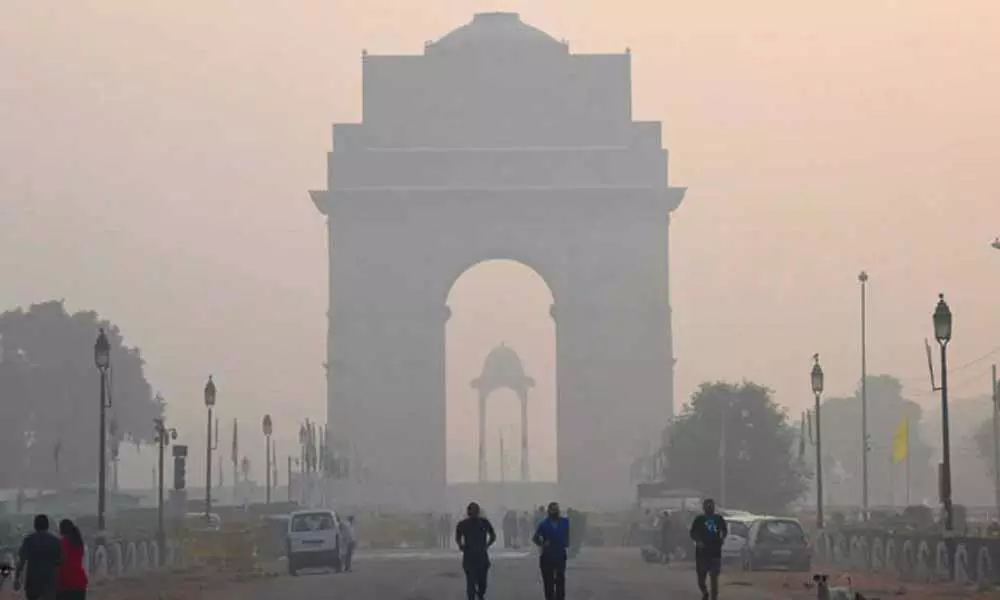Delhi air quality to hinge on tech to curb paddy burning

With air quality in Delhi slowly starting to deteriorate now after the favourable monsoon, experts have pointed out that the second half of October will be crucial for gauging the impact of agriculture burning in states like Punjab on the air quality.
New Delhi: With air quality in Delhi slowly starting to deteriorate now after the favourable monsoon, experts have pointed out that the second half of October will be crucial for gauging the impact of agriculture burning in states like Punjab on the air quality.
Sumit Sharma of the Earth Science and Climate Change Division, TERI says that air quality in Delhi is slowly starting to deteriorate now after remaining within or close to the prescribed limits during the monsoon season. The average levels are now violating the daily prescribed limits of PM2.5
The dip in air quality is happening due to factors like presence of emission sources and changing meteorological patterns. There are several year-round sources like vehicles, industries, road dust, and rural kitchens which continuously emit pollutants over the year.
"In addition, agricultural residue burning in the upwind states during months of October-November adds to the deterioration of air quality. As per TERI's assessment, the share of agricultural burning in Delhi's PM2.5 concentrations goes up to 40 per cent in the peak burning period," Sharma added.
According to Hem Dholakia, Senior Research Associate, Council on Energy, Environment and Water (CEEW), it is difficult to predict how intense the crop residue-burning phenomenon is likely to be this year.
"This year due to rains, the harvesting of paddy has been delayed by a few days. Further, the area under cultivation is higher than last year. Therefore, the expectation is that there may be a higher number of fires," he added.
On the other hand, he said there have been significant efforts by the government to scale up the use of happy seeder as well as issue challans to farmers who burn. These interventions may help bring down fire counts, he added.
According to a study by CEEW on "Paddy Residue Burning in Punjab", burning of residue from the annual rice paddy harvest is a practice that dates back decades. Crop waste burning emits particulate matter (both PM10 and PM2.5) and greenhouse gases (GHG), which aggravates the poor air quality in Punjab, Delhi, and the National Capital Region (NCR), according to the study.
The study on rural air quality in Punjab found higher emissions from paddy intensive areas. Higher emissions of PM2.5 were observed from the paddy-intensive regions of Ludhiana and Sangrur as compared to regions where less paddy is cultivated (Hoshiarpur and Pathankot).
Sharma of TERI said the burning of agricultural residue is generally observed to peak in the second half of October. "Presently, there are some fires which are visible in a region of about 400 km around Delhi but the number is not big," he added
He expects that this year the impact of agricultural burning is expected to be somewhat lower than the previous years, mainly due to possibly better influx of technologies.
On one hand, machines like happy seeders are expected to be in larger use, on the other hand, efforts had been made to utilise some of the waste for alternative purposes.
"In addition, awareness about the machines and technologies for control and also on the ill-impacts of air pollution is expected to be relatively better. With strict enforcement, we can see lowering of the impact of agricultural burning on air quality", he added.
Anumita RoyChowdhury, Executive Director, Centre for Science and Environment, said the government has provided machines to dissuade farmers from burning paddy residue and the results in the winter will depend on the scale and effectiveness of the programme.














